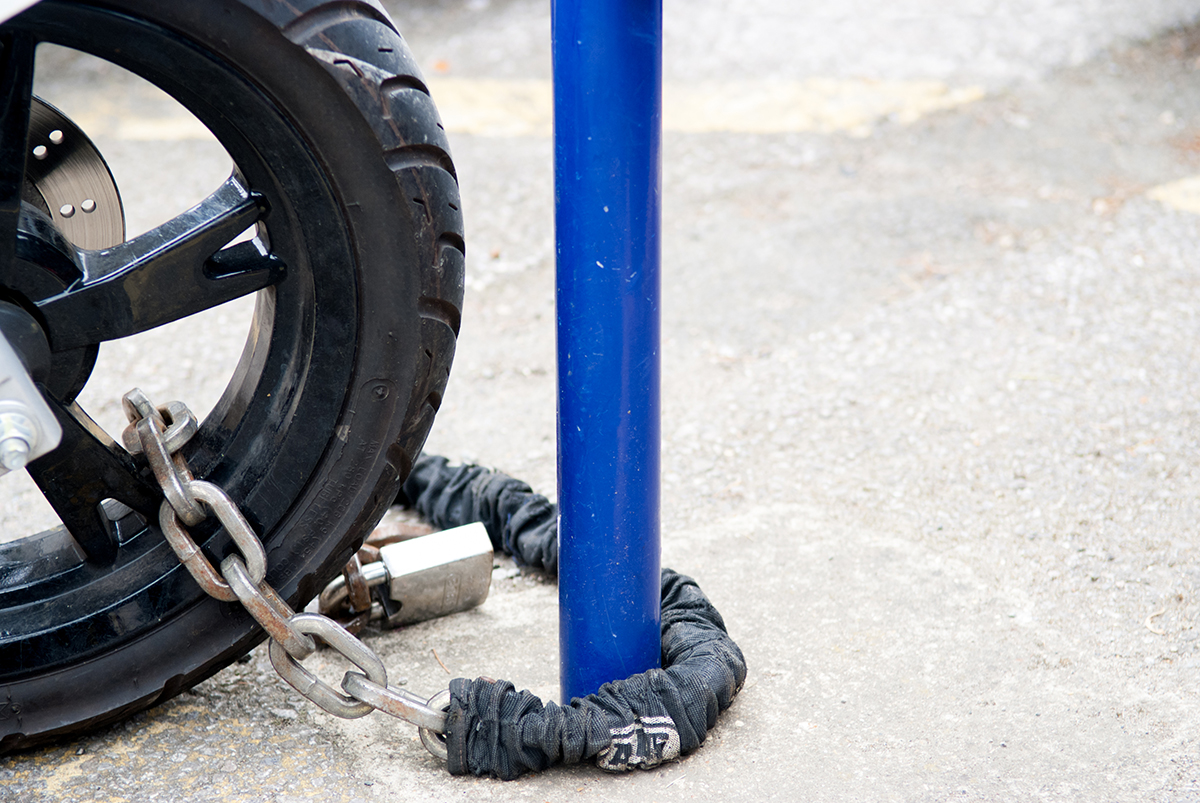For the hearing impaired community, sometimes a hearing aid just isn’t enough. Specific situations, like attending a concert or seeing a play, may prompt someone with hearing loss to use a special assistive listening device (ALD) to enhance their listening experience.
Here’s a quick look into how they work and why they are so important:
How Assistive Listening Devices Work
Assistive listening devices work by separating the sounds people want to hear, like speech, from background noise providing a level of clarity that would otherwise be unobtainable. People who are deaf or hard of hearing can use ALDs on their own or to complement cochlear implants or other hearing aids.
Depending on where they will be used, there are both personal and public assistive listening devices for the hearing impaired. Here are some of the most common models:
FM Systems
This device is ideal for smaller scale settings where the user is within 50 feet of the primary audio source, like classrooms, churches, and restaurants. When using an FM system, the sound is sent straight from the speaker’s mouth to the listener’s ear .
Infrared Systems
Infrared listening device systems operate similarly to that of a remote and TV. The audio is first collected via microphone and recorded and converted to infrared light in the transmitter. The invisible light is then dispersed throughout the room where the receivers can convert it back to audio.
Notably more discreet than other hearing aids, infrared systems magnify speech volume for the wearer. Since light cannot pass through walls, infrared systems are used more so for small, enclosed spaces where light is unobstructed, such as courtrooms and movie theaters.
Inductive Loop Systems
The biggest value add for this system is that it can work in tandem with existing hearing aids via the telecoil setting on some hearing aids. The system is less likely to pick up background noise and is more cost effective for larger scale, enclosed environments.
Why Are They Important?
Assistive listening devices help bring hearing ability and comprehension much closer to that of the quality of sound for those without hearing impairments. With these different systems, the quality of life and sound advances further impacting people’s overall enjoyment and personal safety.
Enjoyment
Without a doubt, these wireless assistive listening devices for the hearing impaired have a huge impact on enjoyment levels, which is one of the reasons why they are so important! And the fact that ADA standards have been improved to require assistive listening devices to be accessible at any venue where audio is a primary function is a big step towards supporting those with hearing impairments.
As accommodations continue to improve, wireless assistive listening devices are made more available making daily life tasks easier and more enjoyable. This can include:
- Participating in conversation during a family gathering, work function, or dinner with friends
- Participating in a conference or large meeting
- Watching TV or listening to music
- Attending a concert, show, or speech
Personal Safety
Being able to communicate in an emergency is vital to ensuring anyone’s personal safety. For the deaf and hearing impaired communities, assisted listening devices help them be alert to potential danger, as well as signal for help.
The best way to guarantee effective communication and safety for the deaf or hard of hearing is by combining an assistive listening device with vibration or a light-based alert system. Additionally, having the ability to contact first responders without having to speak in the event of an emergency is crucial to get help fast. For that very reason, Rescu is the best emergency response solution for the hearing impaired community.
How Rescu Can Help
In addition to assistive listening devices, using an app like Rescu can be beneficial to anyone with hearing impairments. Rescu is a mobile app that can be used to get help fast in the event of an emergency and requires absolutely no talking (as compared to calling 9-1-1).
With the Rescu app in hand, you can quickly contact police, fire or medical services with just two taps on the screen. Your location and necessary information will be sent directly to local dispatchers, bypassing the 9-1-1 queue altogether, saving precious time.



